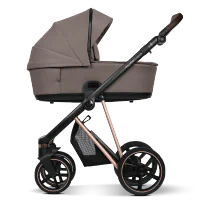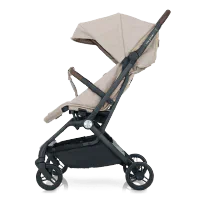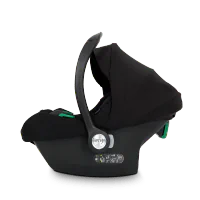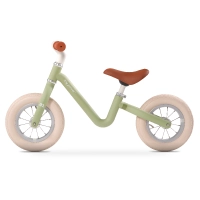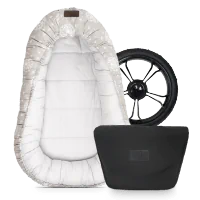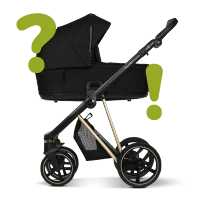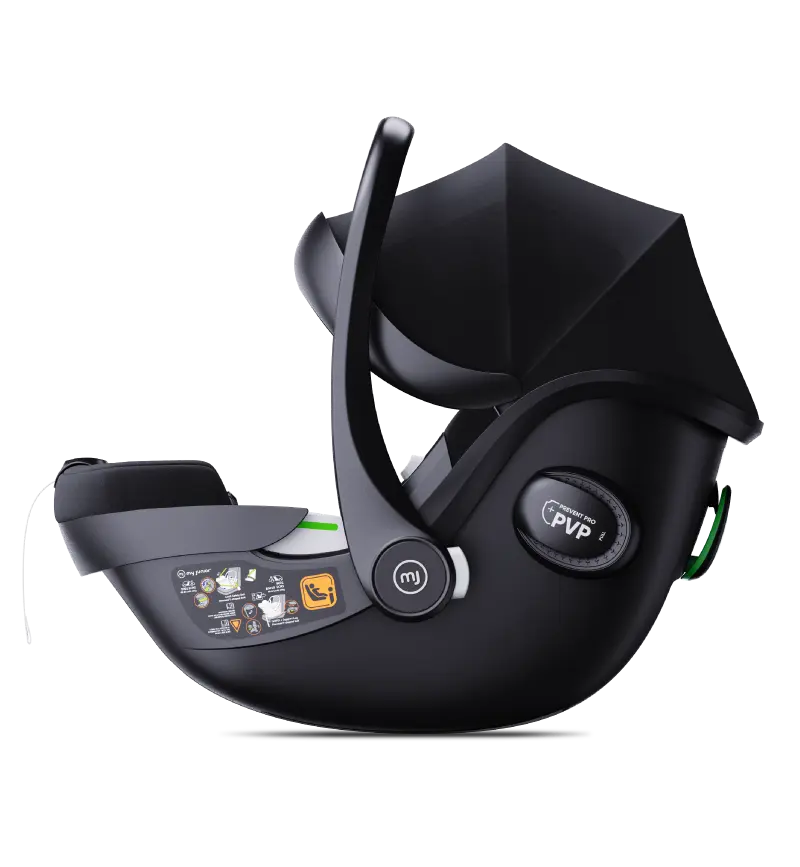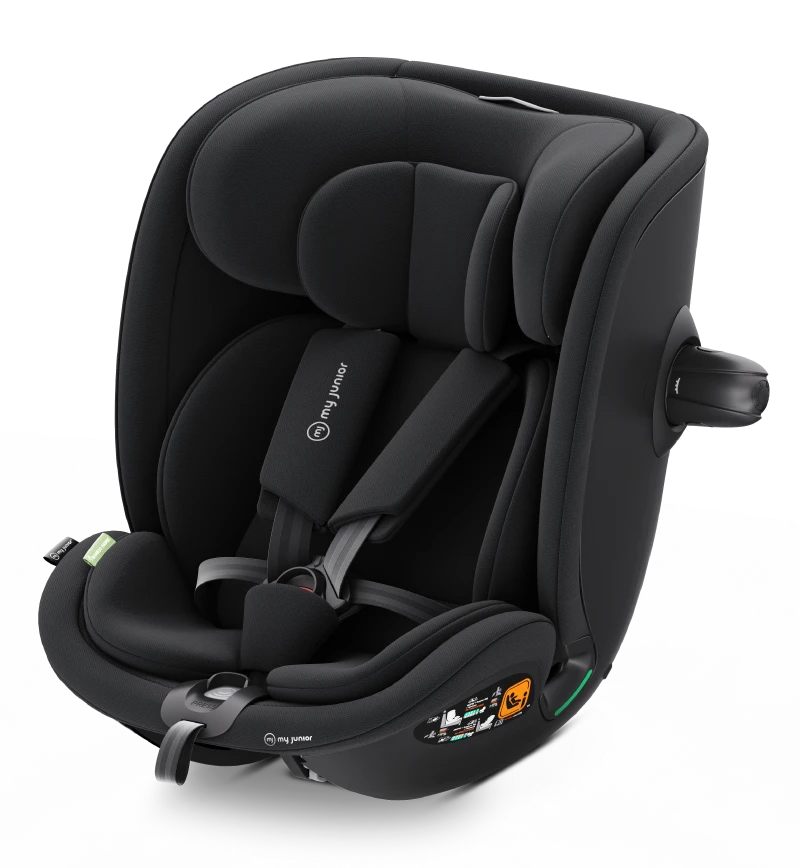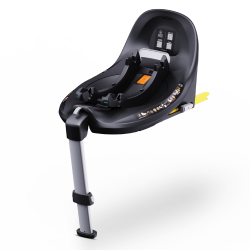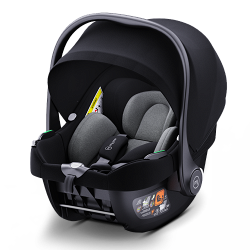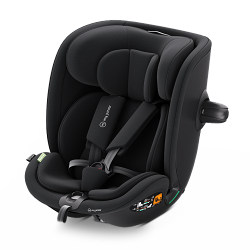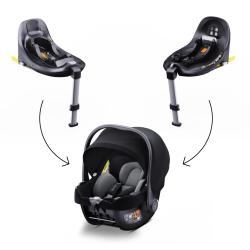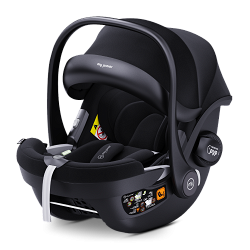

Child car seat – until when? Important information about the child car seat requirement
The child seat requirement is an indispensable part of road safety for children. It stipulates that children up to a certain age or height must be secured in special child seats. This rule protects the youngest and significantly reduces the risk of serious injury in the event of an accident.
But from exactly when does the child seat requirement apply, which seats are suitable, and when is a booster seat sufficient? In this article, you will find out everything important about transporting children safely in the car – for a relaxed and protected journey. Because one thing is certain: Children must be properly secured in the car.
What is the child seat requirement?
The child seat requirement is a legal regulation that ensures children are transported safely in road traffic. Children travelling in motor vehicles require special protection, which is provided by an appropriate child seat.
In many countries, including Germany, children must be transported in a special child seat up to a certain age or height when travelling in a motor vehicle.
.


Why is the requirement for child seats important?
This regulation serves to protect children, as conventional seat belts are not sufficient for them and can significantly increase the risk in the event of an accident. The aim is to minimise the risk of injury in accidents by using a child seat in the car and to ensure the safety of the youngest on the road. The driver (usually the parents or another family member) is responsible for securing the little ones correctly.
Legal basis and penalties for non-compliance
In Germany, child seat regulations apply to all children up to the age of 12 or a height of 150 cm. Depending on the age, weight and height of the child, there are different types of child seats: infant carriers for newborns, next-stage child seats for toddlers and booster seats for older children. These seats are designed to optimally support the child's body and to absorb the forces in the event of an accident in such a way that the risk of injury is minimised.
Anyone who violates this regulation must expect a fine. In addition, the offence is usually punished with points in Flensburg and possibly even a driving ban.
.
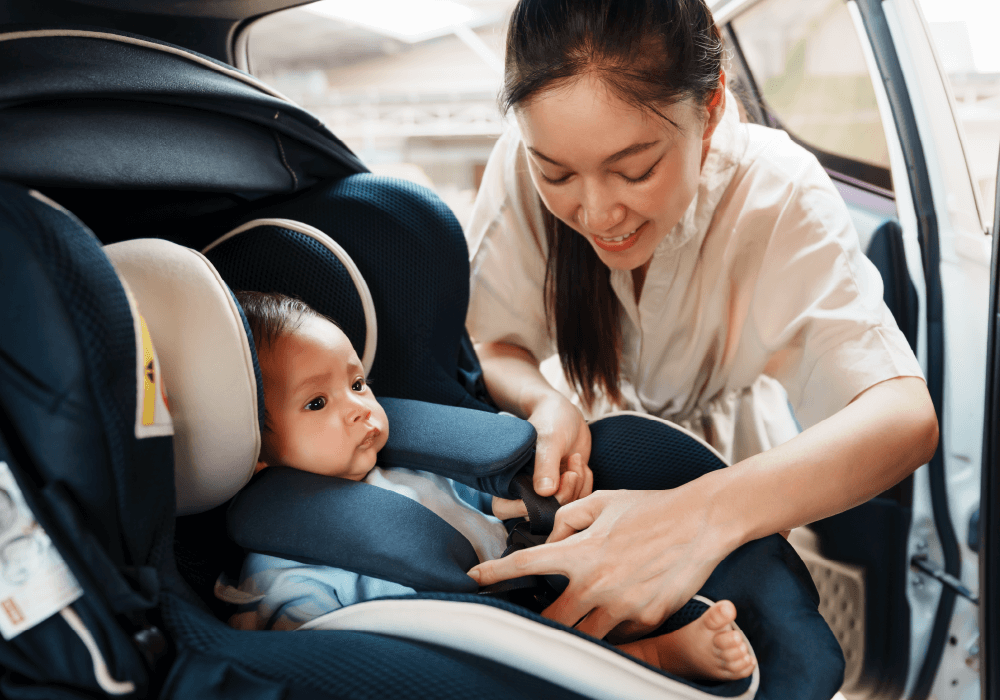
History of child car seats and the child car seat requirement
The role of safety standards (UN ECE Reg. 44 and 129)
The child seat standards UN ECE Reg. 44 and UN ECE Reg. 129 play a crucial role in the development and approval of child seats in Europe. Both regulations stipulate strict requirements for safety, quality and performance of child seats to ensure the best possible protection for children in the car.
The approval UN ECE Reg. 44, which was introduced in 1993, regulates the Security standards for child seats in various weight classes. It ensures that seats in categories 0, I, II, and III are safe and provide children with adequate protection in the event of an accident. This standard primarily focuses on the Protection in frontal collisions.
With the introduction of the newer approval UN ECE Reg. 129, also known as i-Size, in 2013 the standard was further tightened. i-Size stipulates that children up to a height of 105 cm backward-looking must sit in the motor vehicle in order to minimise the risk of injury. In addition, the Side impact safety given greater consideration. i-Size also promotes the use of Isofix systems, which enable a simpler and safer installation of the child seat.
The introduction of the child seat requirement in Germany
The obligation to use child car seats was introduced in Germany in 1993 in order to increase the safety of children in road traffic. Before this, there were no legal regulations for transporting children in cars. The introduction made it compulsory for parents to transport their children up to the age of 12 or a height of 150 cm in a special child car seat.
This measure was a response to the increasing number of road accidents in which children were seriously injured, as conventional seat belts are not sufficient for them. Since its introduction, the safety of children in cars has improved significantly. The regulation therefore contributes to the improvement of road safety and to the protection of the youngest road users.
The child seat obligation has developed over the years and has been continually adapted to protect children as best as possible. Starting with the first child seats in the 1960s to today’s modern, safe restraint systems, much has changed.

Why do children need a child car seat?
Children need a child seat in the car because their bodies, compared to adults, are not yet able to, to safely withstand the forces of a car accident. Conventional seat belts, which are designed for adults, can cause serious injuries to the abdominal area and other parts of the body in an accident, as they come into contact with sensitive parts of a child's body such as the head, neck, and abdomen. A child seat offers special protection by properly supporting the child's body and distributing the impact forces over a larger area.
Child car seats are designed to support the child’s body Keep optimally in position and above all provide the best possible safety in the event of frontal collisions. They prevent the child from being thrown forwards in an accident, which could lead to serious injuries. In addition, many modern child seats also offer improved protection in the event of side impacts.
Anatomical differences between children and adults
Children have, compared to adults significant anatomical differences, which makes them particularly vulnerable to injury in road traffic. Their bodies are still developing: a child's head is relatively larger and heavier in proportion to the body, while the neck muscles and bone structure are not yet sufficiently developed. The internal organs are also more sensitive, and the skeleton is softer.
These differences make it necessary to use specially adapted safety measures, such as child seats, in order to properly distribute the impact forces in the event of an accident and to provide children with the best possible protection. Child seats are adapted to theWeight of the child adjusted and either equipped with a three-point safety belt on the body or a five-point safety belt.
Safety advantages through the use of a child seat
A child seat offers essential safety advantages in road traffic by optimally supporting the child’s body and protecting against injuries. By ensuring the correct seating position, the child seat prevents the child from being thrown forward in the event of an accident. It ensures that the impact forces are distributed evenly, which reduces the risk of injury.
Especially with Frontal and side impacts the child seat offers better protection than a conventional seat belt. In addition, many modern seats are equipped with Isofix systems equipped to ensure easier and safer installation, thereby Risk of errors when fastening the seat belt is minimised.
In Germany, there is already for children from birth up to the age of twelve years or a height of 150 cm a legal requirement for child seats. Special regulations apply for older children: they are allowed to sit in the back seat without Travel in a child seat, if they greater than 150 cm Even if the child is older, the general obligation remains that the seatbelt must be worn correctly.
For children From around the age of 6, a booster seat may be sufficient., provided that it meets the necessary safety requirements. These boosters help ensure that the seatbelt runs correctly across the upper body and that the child is securely held in place. Additional protection is provided here by a Booster seat with backrest.

Children's seating groups and types
There are various child seat groups, which are tailored to the different age and weight ranges of children:
Baby car seats
Baby car seats are special car seats for newborns and infants (up to a weight of approx. 13kg) that ensure safe travel in the car. They provide ergonomic lying comfort and protect the child in the event of an accident with side and front impact protection. Baby car seats are usually rear-facing and can easily be removed from the car to conveniently transport the baby. It is important that the baby car seat is correctly installed in the vehicle, either with the seat belt or an Isofix system. For maximum protection, the baby car seat should always meet the latest safety standards and be adapted to the weight and age of the baby.
Our baby car seat models
Oursmein Junior® Aura Pro i-Size baby car seat offers from birth up to approximately 24 months of age maximum security and first-class comfort. With high-quality, breathable materials and a soft newborn insert made from natural bamboo, it offers optimal lying comfort and protection on every car journey. The innovative PreVent side impact protection and the 5-point harness guarantee uncompromising safety, while the flexible attachment options make every outing child’s play.
For parents looking for a lightweight option, ourmein Junior® BEAM i-Size baby car seat exactly the right model. With only 3.2 kg (without newborn insert) it can be effortlessly carried with one hand and easily secured in the car. Comfortable and safe, it accompanies your child from birth up to around their second year. The 6-way adjustable headrest and the 5-point harness provide first-class protection. Whether used with an ISOFIX base or a seat belt, the flexible handling guarantees relaxed car journeys.
Reboarder (subsequent child car seats)
Reboarder child car seats are usually rear-facing car seats that offer especially safe protection for children. They can generally be used up to the age of 4 or to a height of around 105 cm. In the event of an accident, the impact energy is better distributed, as the seat protects the sensitive head, neck and spine area of the child. Reboarders often offer a longer period of use and are a recommended safety measure. It is important that the seat is installed correctly, either with a seatbelt or an Isofix system. Many models also offer additional features such as adjustable recline positions for added comfort.
Our reboarder models
Ourmy junior® CYRO i-Size child seat combines unparalleled comfort and the highest safety standards for babies and toddlers. From day one until about the age of four, it offers optimum lying comfort and pressure relief thanks to its soft newborn insert made from natural bamboo and special memory foam. Breathable materials and air vents ensure a pleasant climate, while the 11-position adjustable headrest and 8-way adjustable recline provide individual configuration. Uncompromising safety is offered by the modern side impact protection, the 5-point harness and the UV50+ canopy. The flexible fastening options guarantee easy entry and exit on every journey
Booster seats
Booster seats are car seats that help children to wear the seat belt correctly when they are older but still too small for a standard seat belt. They raise the child to a suitable seating height so that the belt runs correctly over the chest and pelvis, providing optimal protection in the event of an accident. The permissible minimum height and minimum weight usually depend on the individual model. In the car, older children are best secured by booster seats with backrests, which provide age-appropriate maximum protection. When using a car’s seat belt, parents should ensure an optimal belt positioning so that older children are also properly buckled up.
FAQ: Child Seat Requirement
The question “From when do you need a child car seat?” is easy to answer. The requirement to use a child car seat begins at birth and only ends when the child either turns 12 years old or is taller than 1.5 metres.
Child seats are divided into groups according to the age, weight, and height of the child. They include infant carriers, rear-facing seats, and booster seats.
A booster seat can be used when the child weighs at least 15 kg and meets the safety requirements. However, restraint systems for younger children are often safer, as they provide more protection.
Child seats must comply either with the UN ECE Reg. 44/04 standard or the new UN ECE Reg. 129 (i-Size) standard, both of which impose strict safety requirements.
If children are not properly secured in a child seat, fines and penalty points on the central traffic register may be incurred. Important: Always secure children correctly, even on short journeys. Children need an appropriate seat that is approved according to current standards.
Child seat bestseller


 Pushchair
Pushchair 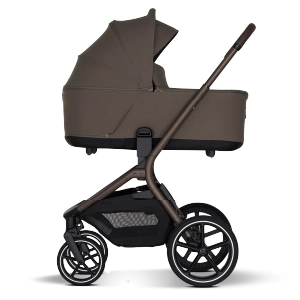 MAVI
MAVI 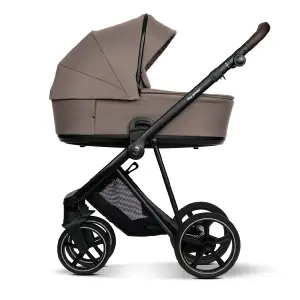 VIGO²
VIGO² 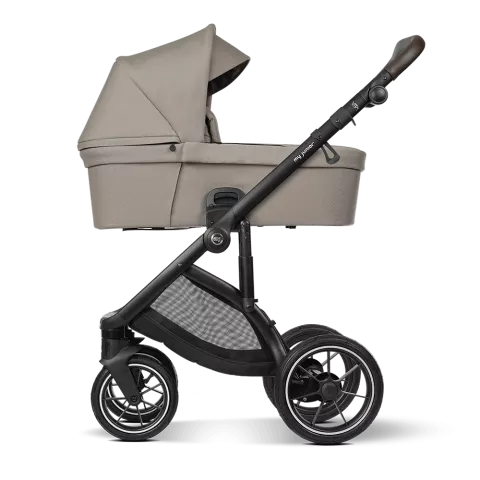 VITA unique³
VITA unique³ 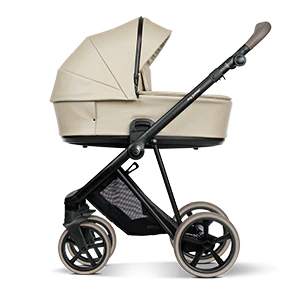 VIGO² Alcantara
VIGO² Alcantara 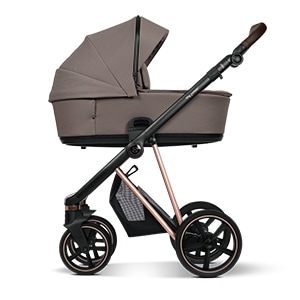 VIGO
VIGO 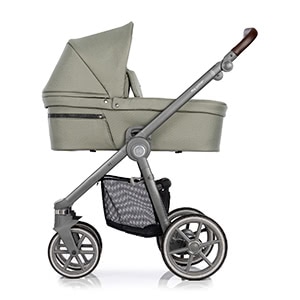 VITA HOPE
VITA HOPE  VITA unique²
VITA unique²  PICO³ with tub
PICO³ with tub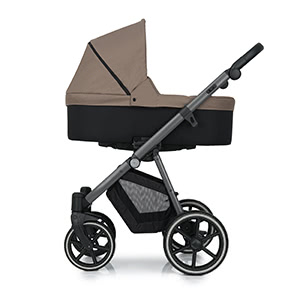 NOAX²
NOAX² 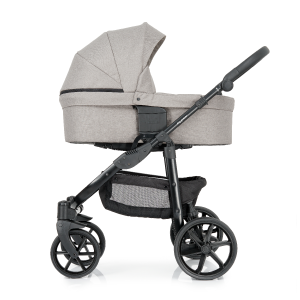 MIYO²
MIYO² 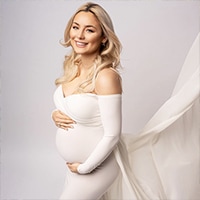 Pram tests
Pram tests  Consultation
Consultation 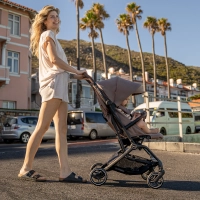 Buggies
Buggies 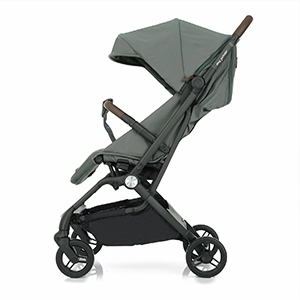 PICO³
PICO³ 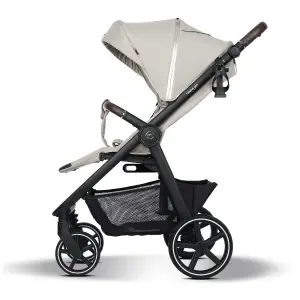 PLIA²
PLIA² 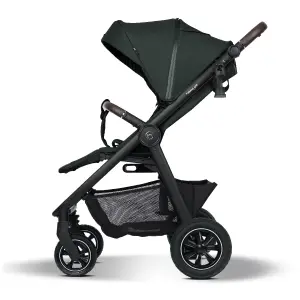 PLIA² Air
PLIA² Air 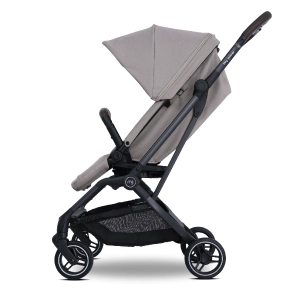 PICO³⁶⁰
PICO³⁶⁰  PICO³ with tub
PICO³ with tub 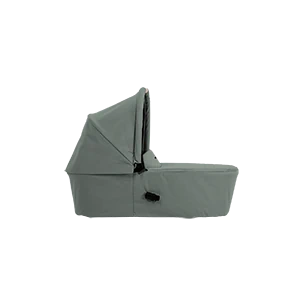 PICO tub
PICO tub 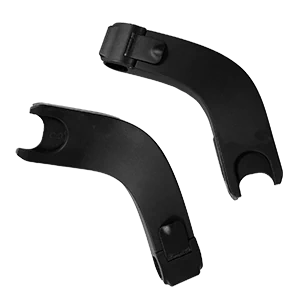 PICO infant car seat adapter
PICO infant car seat adapter  Limited Editions
Limited Editions 
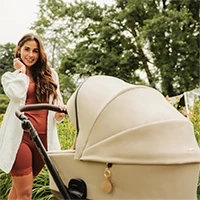
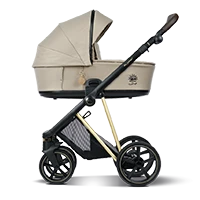

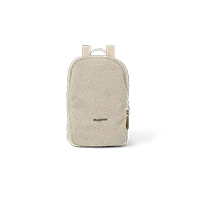
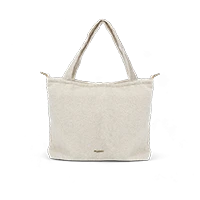

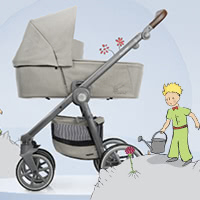
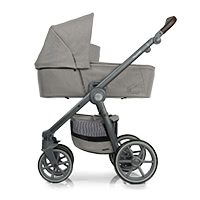

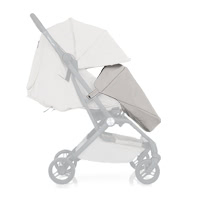

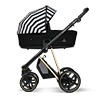 VIGO
VIGO 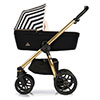 VITA HOPE
VITA HOPE 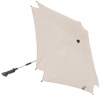 Limited Edition Parasol
Limited Edition Parasol 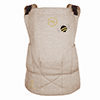 Limited Edition Baby Carrier
Limited Edition Baby Carrier 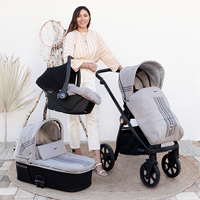
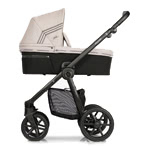 VITA HOPE
VITA HOPE 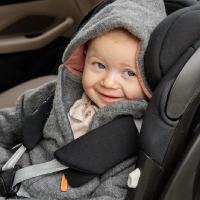 Child seats
Child seats 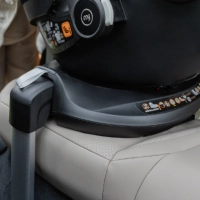 All Isofix Bases
All Isofix Bases 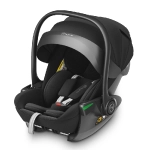 AURAᵉʳᵍᵒ
AURAᵉʳᵍᵒ 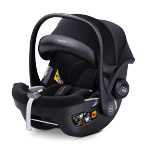 Aura Pro
Aura Pro 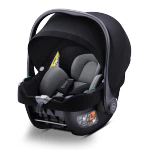 Beam
Beam 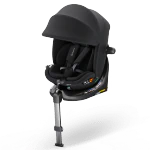 Cyro 360
Cyro 360 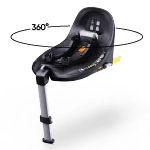 Base 360
Base 360 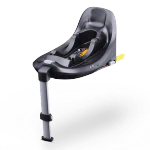 Base Static
Base Static 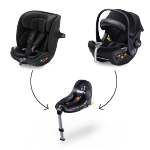 Capsule System
Bundle
Capsule System
Bundle 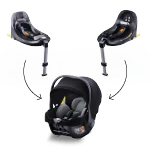 Beam Bundle
Beam Bundle 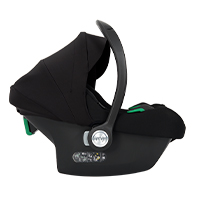 Avionaut Cosmo
Avionaut Cosmo 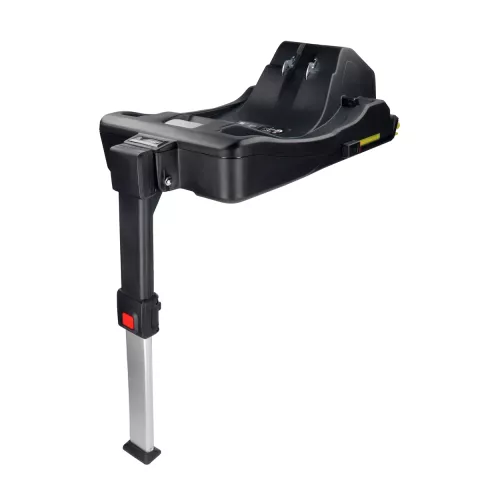
 Black Friday Sale
Black Friday Sale
 Reviews
Reviews  Read reviews
Read reviews  Write a review
Write a review 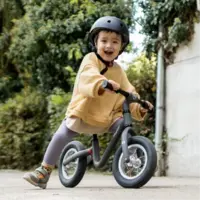
 Home
Home  Fabric sample
Fabric sample  Baby carriers
Baby carriers 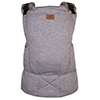 LUVA
LUVA 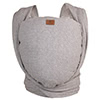 NAMI
NAMI 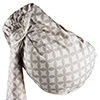 NAMI with ring
NAMI with ring  Accessories
Accessories  Vouchers
Vouchers  Discover my junior®
Discover my junior®  About us
About us  In your vicinity
In your vicinity  All my junior
All my junior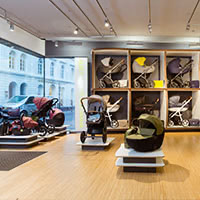 Flagship Store
Aachen
Flagship Store
Aachen 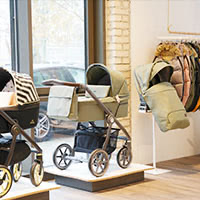 Flagship Store
Hamburg
Flagship Store
Hamburg 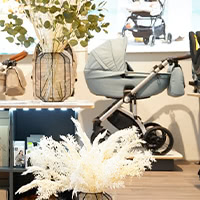 Flagship Store
Salzburg
Flagship Store
Salzburg  Flagship Store Binzen
Flagship Store Binzen
 Flagship Store
Krefeld
Flagship Store
Krefeld 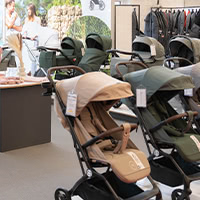 Studio Cologne
Studio Cologne  Studio Trier
Studio Trier  Studio Braunschweig
Studio Braunschweig
 Studio Metzingen
Studio Metzingen
 my junior® pram in
Switzerland
my junior® pram in
Switzerland  Help and Contact
Help and Contact  Useful
Useful  Career
Career  Press
Press 


